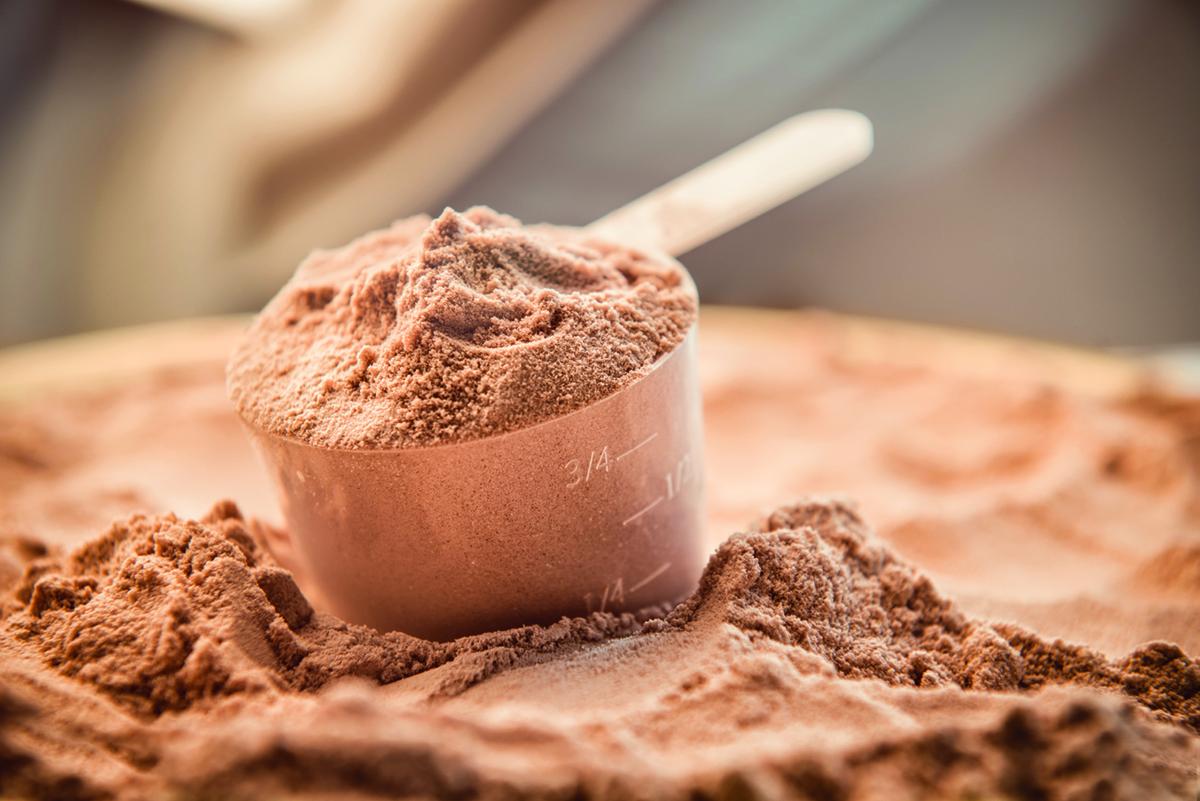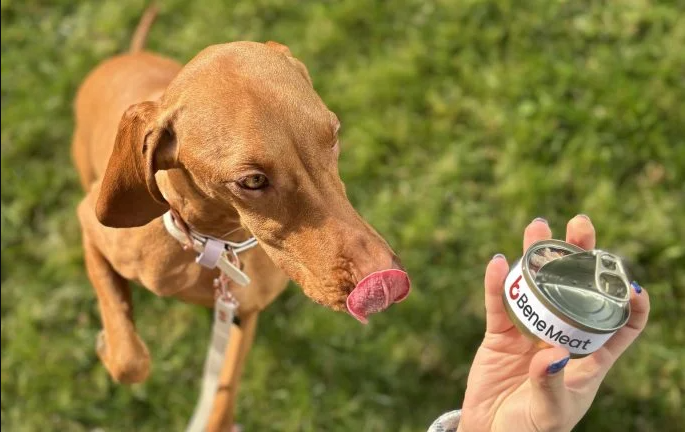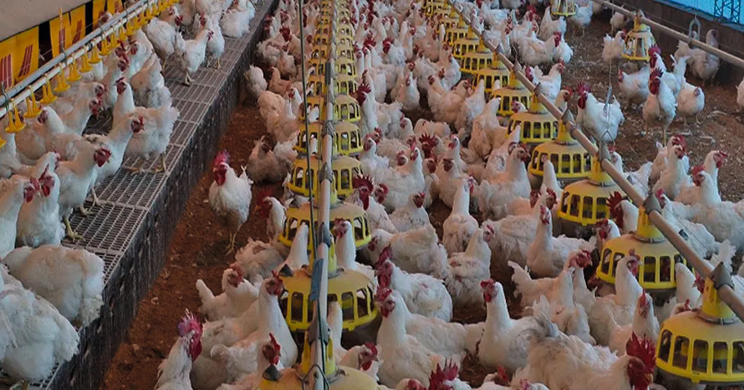In search of the healthiest food, development and innovation in the pet food industry continues to advance by leaps and bounds.
In this article we talk about pet food formulas for dogs and cats that use hydrolyzed protein as a source of amino acids.
What does the term "hydrolyzed protein" refer to?
When it comes to carrying out a hydrolysis process with food protein, it is referred to chemically breaking down protein macromolecules with water into smaller pieces, so small that the immune system of the animal that consumes said food cannot detect it.
The hydrolyzed protein feed is used in cases of animals with food allergies, inflammatory bowel diseases or exocrine pancreatic insufficiency or PID. As protein is a vital element in all balanced nutrition, it must be present in pet food formulas. If an animal's system reacts negatively (for the aforementioned conditions) to natural proteins, they can be nourished with hydrolyzed protein through degranulation of mast cells (which contain elevated levels of histamine and heparin, with influential role in inflammatory reactions) of the protein.
Hydrolyzed protein especially for dogs can be incredibly beneficial for those with a food intolerance.
In which cases do these diseases occur most frequently?
Inflammatory bowel disease (IBD) can develop at any age, but is usually diagnosed in middle-aged to older dogs. Some dog breeds, such as the Boxer, German Shepherd, Labrador Retriever, Cocker Spaniel, Golden Retriever, German Shepherd, Shar Pei, and Poodle appear to be at higher genetically predisposed risk for contracting or developing IBD.
What is the main purpose of hydrolyzing protein?
The main objective of hydrolyzing proteins to create formulas for special diets is to sufficiently alter the structure of proteins to eliminate existing allergens and allergenic epitopes (portion of a macromolecule recognized by the immune system) and, consequently, prevent immune recognition and reaction allergic and / or inflammatory.
How can the antigenicity of proteins be reduced?
The antigenicity of a protein (ability of a substance to function as an antigen: to trigger an immune response), is determined by its primary structure, by its amino acid sequence, its secondary structure (local regular folding between nearby amino acid residues of the polypeptide chain ) and its tertiary structure (arrangement of the secondary structure of a polypeptide when folding on itself, causing a globular conformation). Reduction of antigenicity can be achieved in a number of ways:
• Altering the three-dimensional structure of the protein (secondary and tertiary).
• Altering the structure of amino acid side chains, such as the conjugation of amino acids with sugars or the oxidation of amino acids.
• Generating the cleavage (division) between a water molecule and another macromolecule, that is, carrying out a hydrolysis process.
Hydrolyzed protein diets
Many of the food allergies identified in domestic animals include reactions to protein components in dry or canned food, and that these components have undergone heat treatment during manufacture. Consequently, it can be assumed that there is a significant amount of thermoset allergens, since the main effect of a heat treatment is to change the three-dimensional conformation of the protein.
At the same time, it may also happen that other previously hidden allergenic determinants are discovered due to heat treatment. For example, another reaction that occurs at high temperatures is the Maillard Reaction, which involves reactions between certain amino acids and reducing sugars to produce compounds called melanoidins.
Benefits of hydrolyzed protein
• Increased digestibility: Hydrolysis in proteins makes it possible to produce components with a minimum digestibility of 90%, which is excellent for ensuring the nutritional potential of food for pets with hypersensitivity or eating conditions. Tests were conducted that evaluated the digestibility of chicken protein hydrolyzate in dogs and demonstrated 92% digestibility of crude protein.
• Palatability: When the palatability of a feed is low, the little desire to eat it can affect the nutrition and health of the pet. Chicken Protein Hydrolyzate is a highly palatable ingredient with 15% free amino acids and bioactive peptides.
• Composition rich in amino acids and high in protein: The choice of a quality raw material can guarantee the ideal levels of amino acids and proteins in the formula of a feed. The hydrolysis process ensures greater availability for absorption.
Market Trend: Foods with hydrolyzed protein
Purina Pro Plan Veterinary Diets HA: Dry food for dogs that presents a hydrolyzed vegetarian version and another based on hydrolyzed chicken protein. It has a high level of palatability and both versions have a great source of carbohydrates, especially for dogs with food intolerance.
Royal Canin Veterinary for adult cats: Dry food for cats that favors the balance of the digestive system and creates a natural protective barrier for the skin to enhance skin health. Contains fatty acids and hydrolyzed protein with low molecular weight to reduce the risk of intolerance.
Summary
Although true food hypersensitivity is relatively uncommon in dogs and cats, it is an important differential diagnosis that is becoming more and more relevant every day. Given the ever-expanding range of proteins being discovered and introduced to the pet food market, hydrolyzed protein diets offer a convenient and proven option for the treatment of food hypersensitivities and other digestive and / or intestinal conditions.
Currently, the studies and tests carried out are not enough to determine standard levels or what is the optimal degree of hydrolysis, because it probably differs according to the type of protein, the pathology of the animal and its general condition. The level of hydrolysis used today is very good in terms of palatability and nutritional quality, but there is no certainty that they do not contain any type of allergen.
By: All Pet Food
You could be interested: Hill’s Pet Nutrition and Bond Pet Foods Make Strides in Developing Sustainable Protein for Pet Food














































